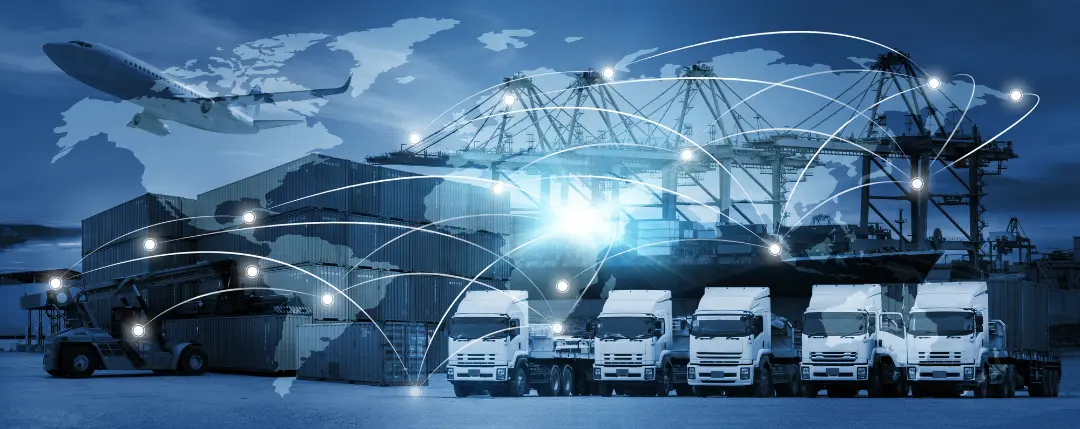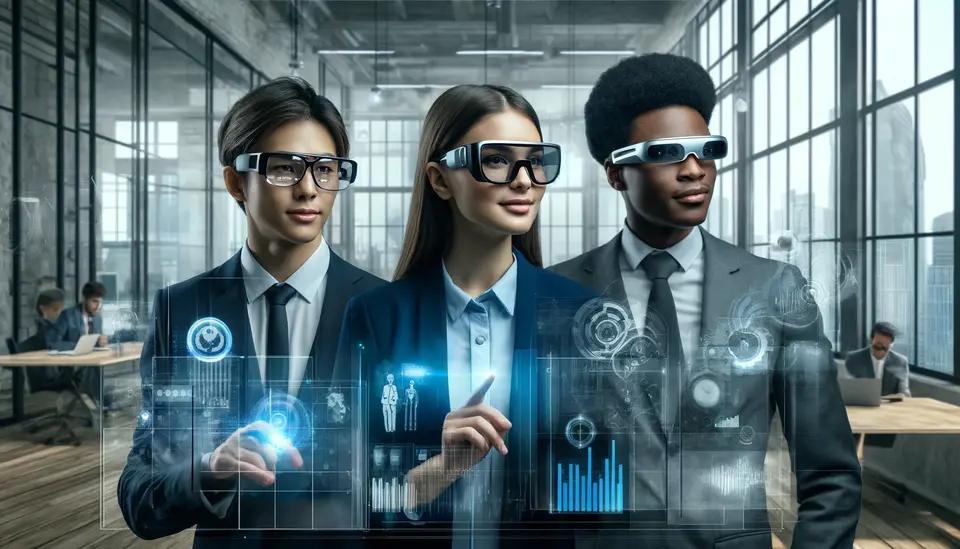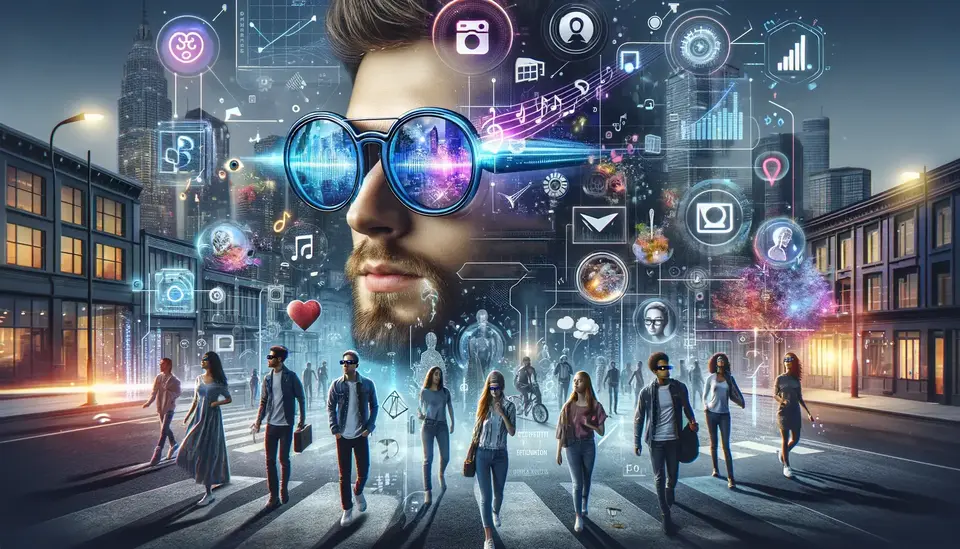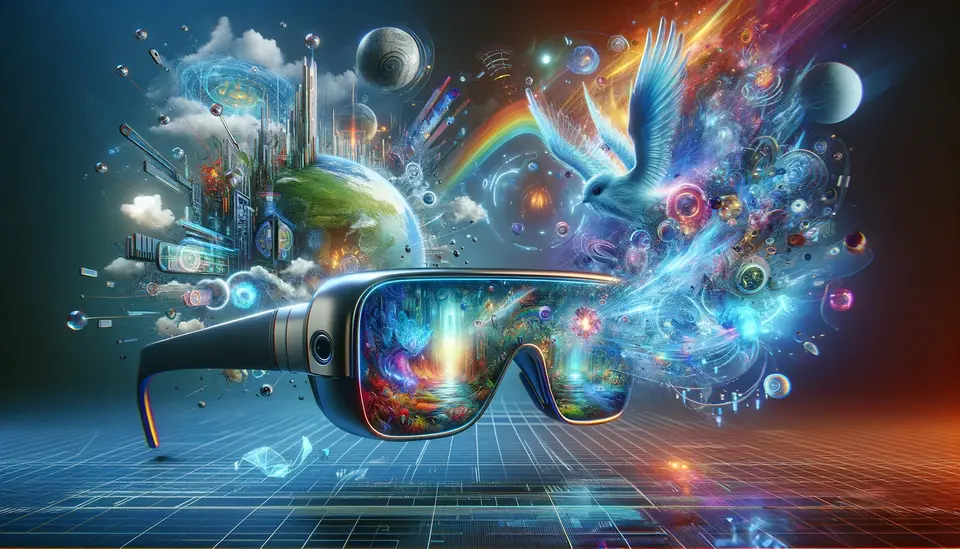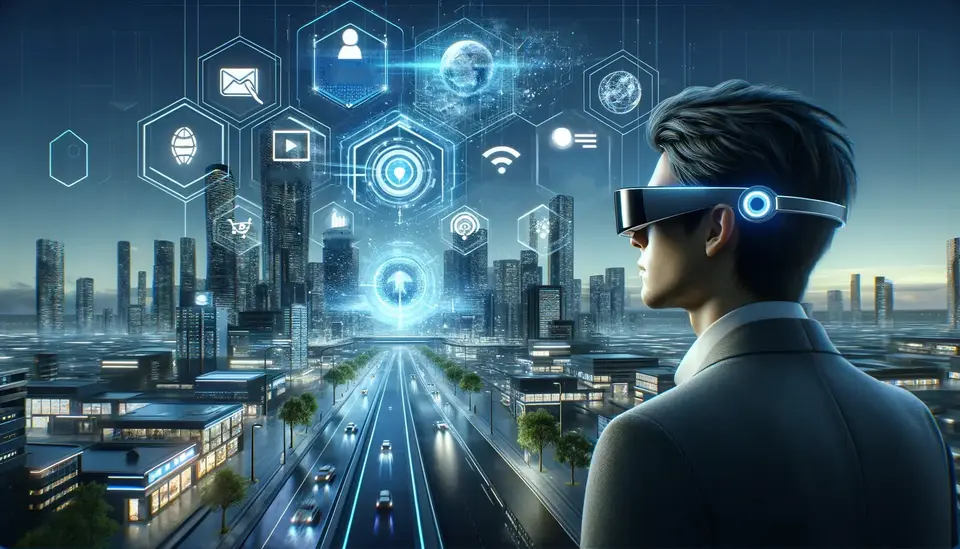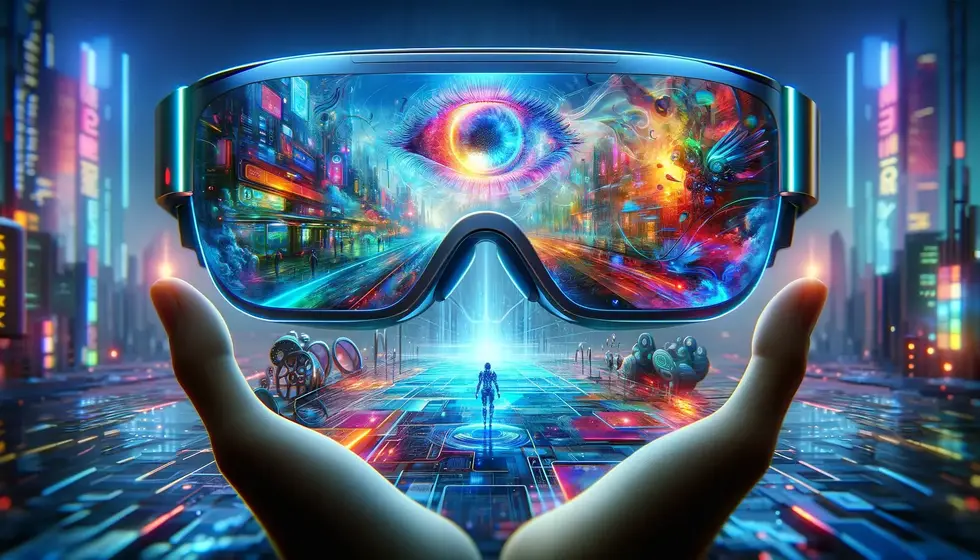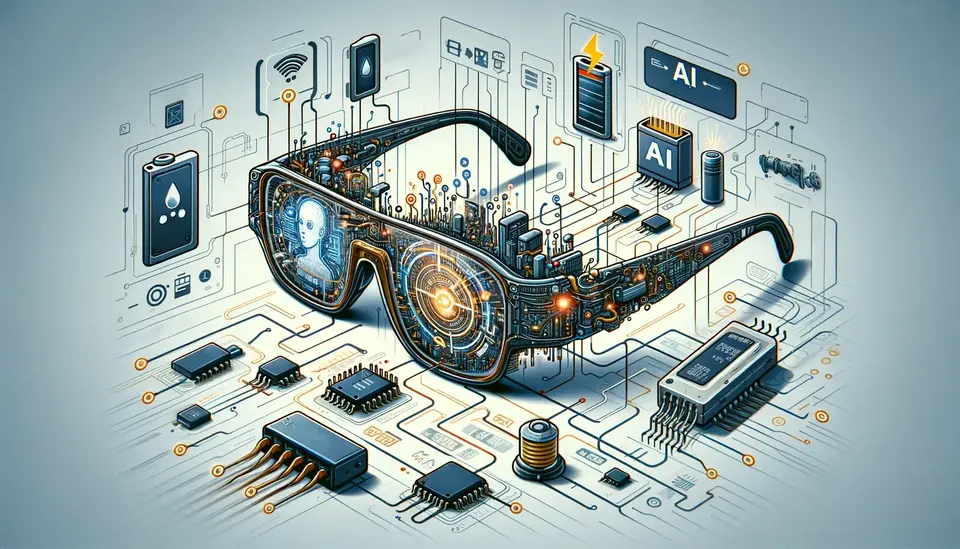15 Examples of the Use of Smart Glasses in Transportation
Posted on April 8, 2023 6 minutes 1214 words
Table of contents
- 1. Smart Glasses for Logistics and Warehousing
- 2. Smart Glasses for Drivers
- 3. Smart Glasses for Maintenance Workers
- 4. Smart Glasses for Pilots
- 5. Smart Glasses for Train Conductors
- 6. Smart Glasses for Bus Drivers
- 7. Smart Glasses for Air Traffic Controllers
- 8. Smart Glasses for Port Workers
- 9. Smart Glasses for Bike Messengers
- 10. Smart Glasses for Car Mechanics
- 11. Smart Glasses for Airport Staff
- 12. Smart Glasses for Subway Operators
- 13. Smart Glasses for Taxi Drivers
- 14. Smart Glasses for Long-Haul Truckers
- 15. Smart Glasses for Public Transport Passengers
- Conclusion
Smart glasses are wearable technology devices that can provide users with augmented reality (AR) and virtual reality (VR) experiences. They have become increasingly popular in various industries, including transportation. In this blog post, we’ll explore 15 real-world examples of how smart glasses are being used in transportation to enhance safety, improve efficiency, and enhance the customer experience.
1. Smart Glasses for Logistics and Warehousing
Smart glasses can be used in warehouses to help workers locate and pick items more efficiently. They can display real-time inventory information, highlight the location of specific items, and provide step-by-step instructions for picking and packing. This can reduce errors and improve productivity. One example of this is DHL’s implementation of smart glasses for their order picking process. By using smart glasses, they have seen a 25% increase in productivity.
2. Smart Glasses for Drivers
Smart glasses can be used by truck drivers and delivery personnel to improve their navigation and communication. They can display real-time traffic information, provide turn-by-turn directions, and allow for hands-free communication with dispatchers. Smart glasses can also be used for safety training and performance monitoring. For example, the company “SmartCap Technologies” has created a system that tracks a driver’s alertness and warns them if they are becoming fatigued.
3. Smart Glasses for Maintenance Workers
Smart glasses can be used by maintenance workers to improve their efficiency and accuracy. They can display repair instructions, provide remote assistance, and allow for hands-free communication with other maintenance staff. Smart glasses can also be used for training and simulation. For example, the company “Scope AR” has created a smart glasses solution for maintenance workers that provides real-time guidance on repair tasks, along with remote assistance from experts.
4. Smart Glasses for Pilots
Smart glasses can be used by pilots to improve their situational awareness, navigation, and communication. They can display flight information, weather conditions, and provide 3D maps. They can also be used for training and simulation. For example, the company “SITA” has created a smart glasses solution for pilots that provides real-time data on their flight status, along with navigation and communication tools.
5. Smart Glasses for Train Conductors
Smart glasses can be used by train conductors to improve their monitoring and communication. They can display real-time train schedules, passenger information, and provide hands-free communication with other train staff. Smart glasses can also be used for passenger information and entertainment. For example, the company “Eyefactive” has created an interactive smart glasses solution for train passengers that allows them to browse the internet, watch movies, and play games.
6. Smart Glasses for Bus Drivers
Smart glasses can be used by bus drivers to improve their navigation and communication. They can display real-time traffic information, provide turn-by-turn directions, and allow for hands-free communication with dispatchers. Smart glasses can also be used for passenger information and entertainment. For example, the company “Moovit” has created a smart glasses solution for bus drivers that provides real-time traffic data, along with navigation and communication tools.
7. Smart Glasses for Air Traffic Controllers
Smart glasses can be used by air traffic controllers to improve their situational awareness, communication, and coordination. They can display real-time flight data, weather conditions, and provide 3D maps. Smart glasses can also be used for training and simulation. For example, the company “Atheer” has created a smart glasses solution for air traffic controllers that provides real-time data on flights, along with communication and coordination tools.
8. Smart Glasses for Port Workers
Smart glasses can be used by port workers to improve their efficiency and accuracy. They can display cargo information, provide real-time tracking of shipments, and allow for hands-free communication with other port staff. This can reduce errors and improve productivity. For example, the company “Ubimax” has created a smart glasses solution for port workers that provides real-time cargo information, along with navigation and communication tools.
9. Smart Glasses for Bike Messengers
Smart glasses can be used by bike messengers to improve their navigation and communication. They can display real-time traffic information, provide turn-by-turn directions, and allow for hands-free communication with dispatchers. Smart glasses can also be used for package tracking and delivery confirmation. For example, the company “Solos” has created a smart glasses solution for bike messengers that provides real-time navigation and communication tools, along with package tracking and delivery confirmation.
10. Smart Glasses for Car Mechanics
Smart glasses can be used by car mechanics to improve their efficiency and accuracy. They can display repair instructions, provide remote assistance, and allow for hands-free communication with other mechanics. Smart glasses can also be used for training and simulation. For example, the company “Osterhout Design Group” has created a smart glasses solution for car mechanics that provides real-time guidance on repair tasks, along with remote assistance from experts.
11. Smart Glasses for Airport Staff
Smart glasses can be used by airport staff to improve their efficiency and accuracy. They can display real-time flight information, provide directions, and allow for hands-free communication with other airport staff. Smart glasses can also be used for passenger information and entertainment. For example, the company “Vuzix” has created a smart glasses solution for airport staff that provides real-time flight information and navigation tools, along with hands-free communication.
12. Smart Glasses for Subway Operators
Smart glasses can be used by subway operators to improve their monitoring and communication. They can display real-time train schedules, passenger information, and provide hands-free communication with other subway staff. Smart glasses can also be used for passenger information and entertainment. For example, the company “RealWear” has created a smart glasses solution for subway operators that provides real-time train schedules and navigation tools, along with hands-free communication.
13. Smart Glasses for Taxi Drivers
Smart glasses can be used by taxi drivers to improve their navigation and communication. They can display real-time traffic information, provide turn-by-turn directions, and allow for hands-free communication with dispatchers. Smart glasses can also be used for passenger information and entertainment. For example, the company “Optinvent” has created a smart glasses solution for taxi drivers that provides real-time traffic data, along with navigation and communication tools.
14. Smart Glasses for Long-Haul Truckers
Smart glasses can be used by long-haul truckers to improve their navigation and communication. They can display real-time traffic information, provide turn-by-turn directions, and allow for hands-free communication with dispatchers. Smart glasses can also be used for safety training and performance monitoring. For example, the company “Vuzix” has created a smart glasses solution for long-haul truckers that provides real-time traffic data, along with navigation and communication tools.
15. Smart Glasses for Public Transport Passengers
Smart glasses can be used by public transport passengers to enhance their experience. They can provide real-time information on routes, schedules, and delays, and allow for hands-free communication with customer service. Smart glasses can also be used for entertainment and educational content. For example, the company “Avegant” has created a smart glasses solution for public transport passengers that provides real-time route information and navigation tools, along with entertainment content.
Conclusion
In conclusion, smart glasses have a wide range of applications in transportation, from improving safety and efficiency to enhancing the customer experience. While there are still challenges and limitations to be addressed, smart glasses are proving to be a valuable tool in the transportation

